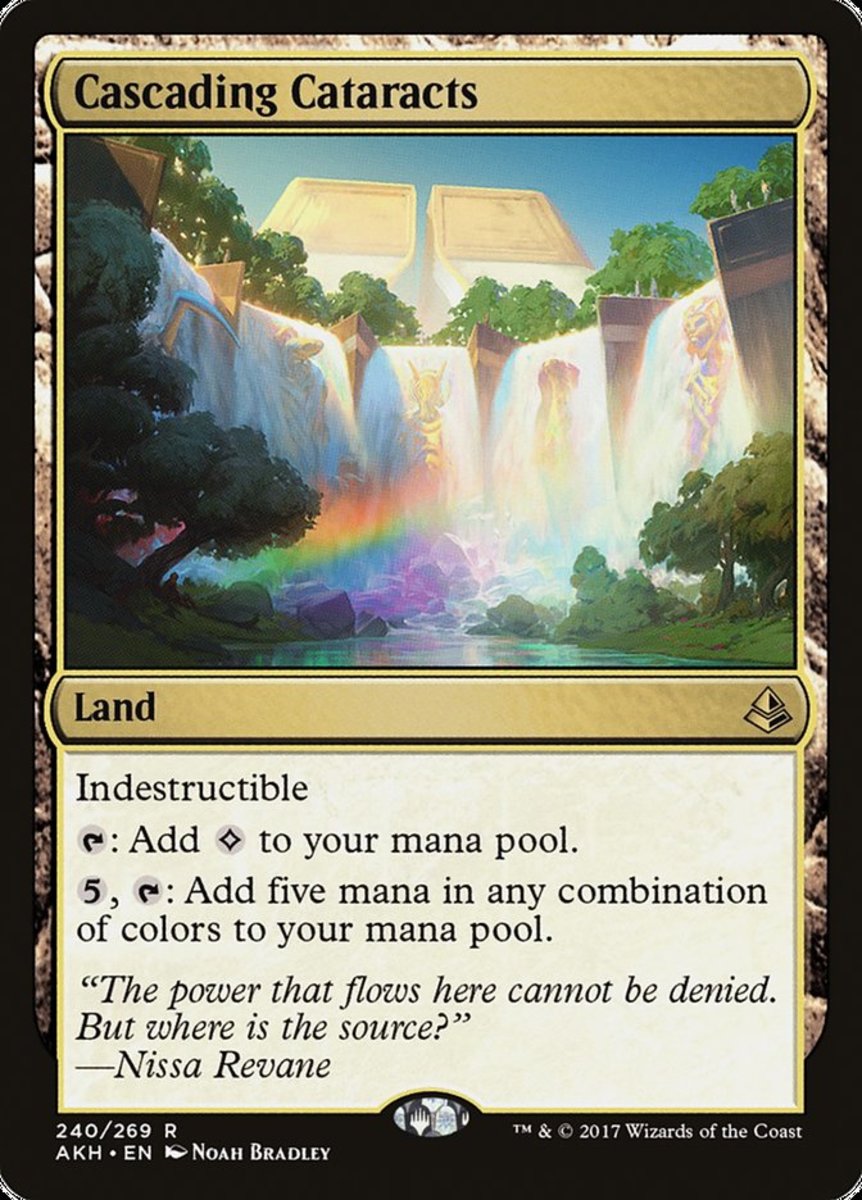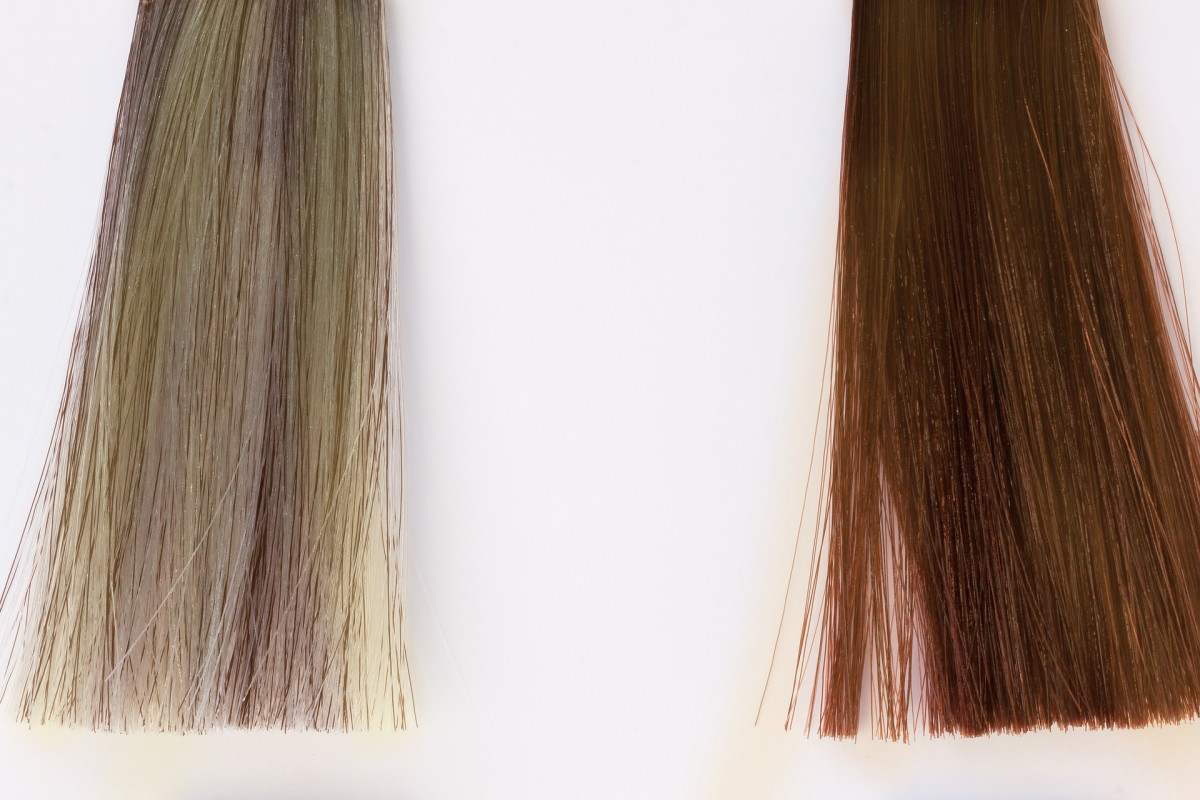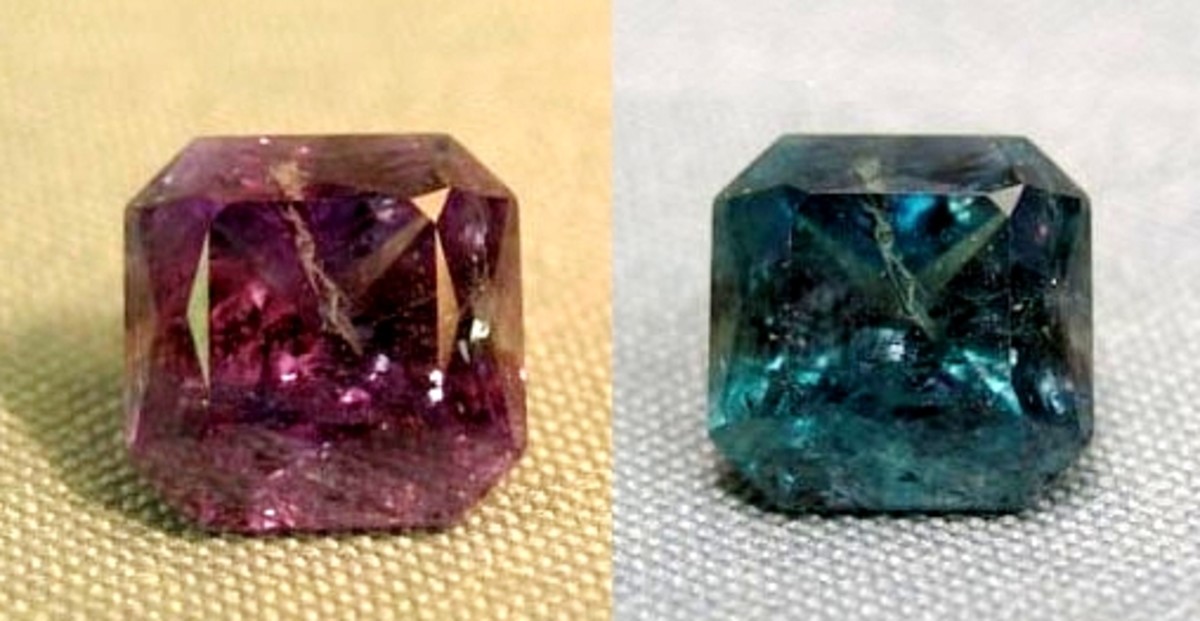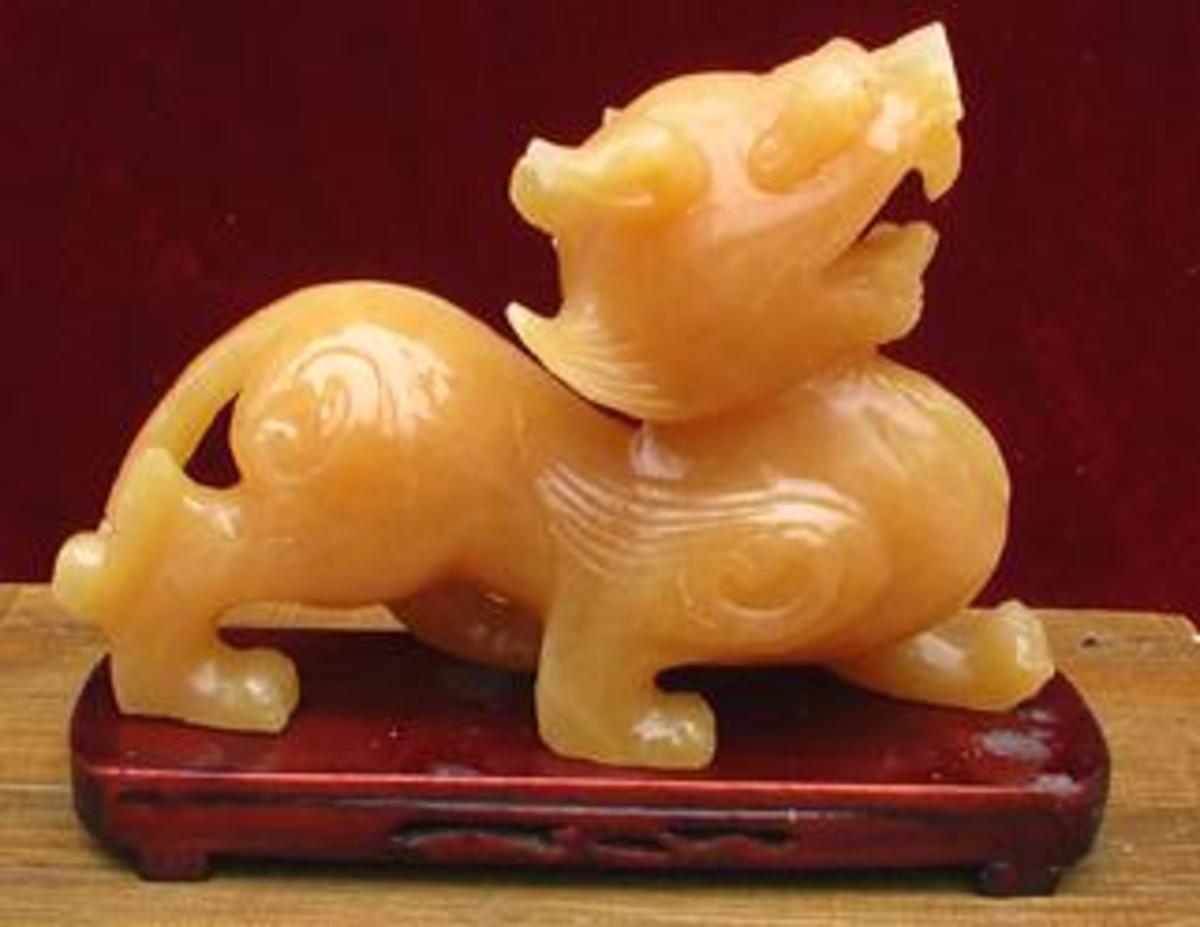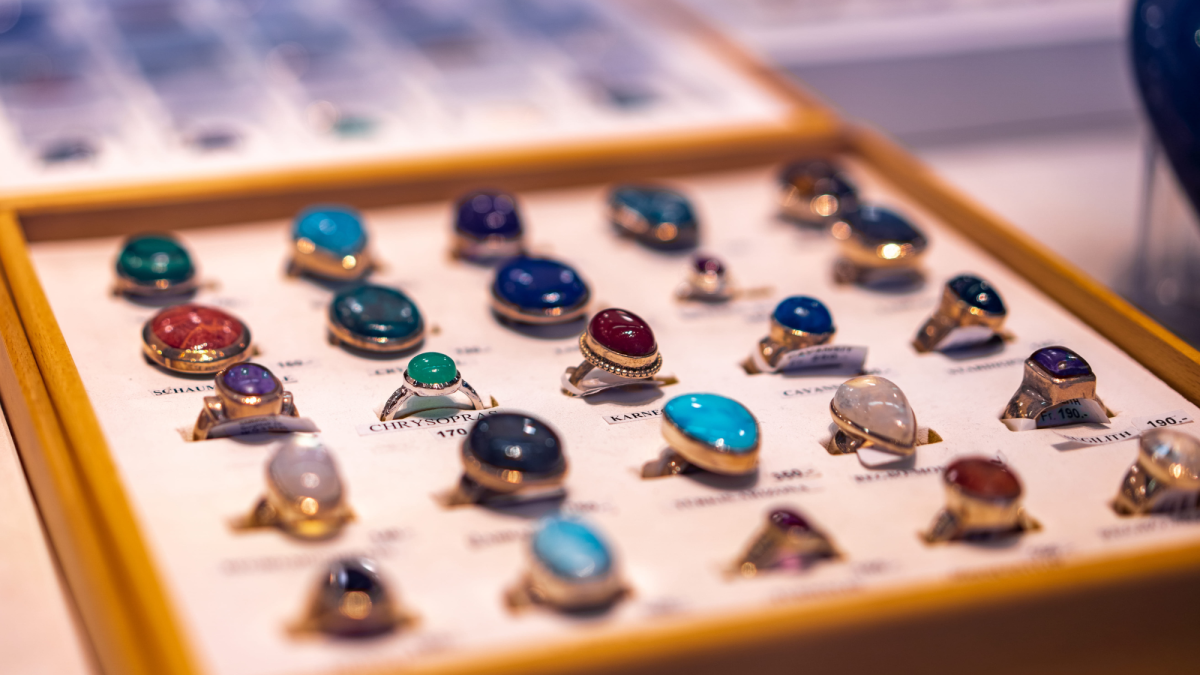- HubPages»
- Fashion and Beauty»
- Jewelry»
- Gemstones
Topaz Stone: Color, Meaning, Properties & Buy Topaz Jewelry Online
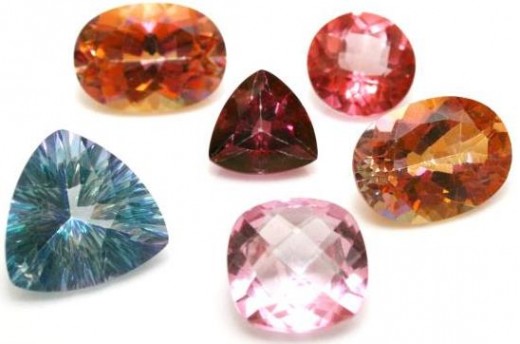
What is Topaz & Where Can It Be Found
Copyrighted material. Do not publish without author permission
Topaz is a typical epithermal mineral that is produced in the granitic pegmatite, crystal cave of acid volcanic rocks, greisen, and high-temperature hydrothermal range of tungsten-tin ore quartz. For it is often mixed with tin ore, any signs of topaz can be
used to
find tin ore mine. Topaz
is generally found in cylindrical shape or appears as irregular granular
or block. Topaz has been found all over the world. Well known places include Brazil, Urals of Russia, and Katlang of Pakistan, Inner Mongolia and Jiangxi of China. The most important area for gem grade topaz is Brazil's Minas Gerais, where a variety of colors are found which include yellow, deep snow pear yellow, pink, blue and colorless, etc.; Sri Lankan is also an important place of origin, its topaz is mostly blue, green, and colorless; California produces blue and yellow topaz. There are two uncertain versions regarding the origin of the name: some say it comes from a Red Sea island formerly known as Topazios (Zabargad or St. John’s Island), where peridot has been found; others say it is derived from the Sanskrit word "TOPUS", which means "fire". This exotic name seems to have told any mysteries represented by this gem. Giving a topaz stone jewelry has always been one of the very popular gift ideas around the world.
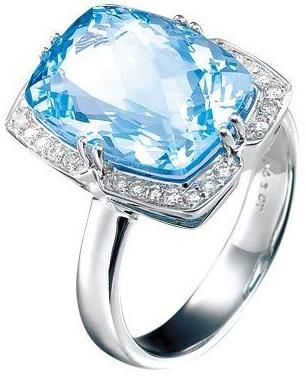
Topaz Chemical Properties & Colors
Pure topaz is colorless and transparent, but is usually tinted by impurities which make the stone opaque. Typical topaz has the color of grape wine or yellow, it can also be pale gray, reddish-orange, light yellow, deep yellow, brown, sky blue, pink, red, light green, and dark brown, in which pink and red are very rare in nature. Topaz has the luster of a glass, is transparent or translucent, has refractive index of 1.619-1.627, birefringence of 0.008-0.010, dispersion of 0.014; it has high pleochroism, hardness of 8, density of 3.49-3.57 g / cc. It is brittle. Under the long and short-wave ultraviolet, different colors of topaz display various fluorescent. Among all colors, deep yellow is of the highest value, and the yellower the better.

Orange Topaz
Orange topaz, a special color of golden topaz, also known as precious topaz, is the traditional November birthstone, the symbol of friendship, and the state gemstone for the US state of Utah.
Yellow Topaz
Yellow Topaz is the birthstone of November, along with citrine. It has a variety of colors, varying from light sunflower yellow, to deep orange-red. It may look very similar to Citrine. Yellow Topaz can be found in many places containing other minerals, such as Brazil, Africa, Australia, China, Japan, and Mexico. One special feature of this gemstone is the strange yellow gleam it gives of when directed to sunlight, and when heated, yellow topaz turns to light pink.
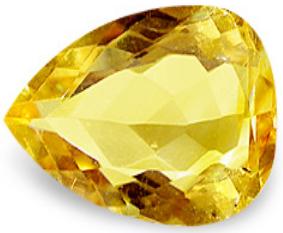
Imperial Topaz
Imperial topaz is a special variety of topaz mined mostly in parts of Brazil, especially in the region of Ouro Preto. It is said to have earned its moniker due to its popularity among Russian royalty back to the 19th century, when Ural Mountain mines were an important source. There are two uncertain versions regarding the origin of its name. Some link it to a Red Sea Island of Topazios (Zabargad or St. John’s Island), where peridot has been found; others say it is derived from the word Topus in Sanskrit, which means “fire”.
In the early days topaz was the only gem of importance found near Ouro Preto. The gemstone was frequently referred to as “imperial” topaz to honor Brazilian royalty. It was later called by some “precious” topaz. The words “imperial” and “precious” topaz are often used to distinguish between true topaz and other look-alike, so although originally referred to the special kind mined in Brazil, today imperial topaz also means true quality topaz.
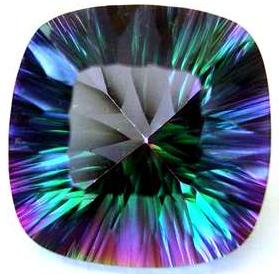
Treated Topaz
There are several ways to treat natural topaz to give it other desired colors.
1. Irradiation Method
Most blue topaz on the market today is actually not naturally blue colored. It is colorless topaz treated by irradiation first, then heat, finally by removing any yellow and brown hues. This method is ideal for color changes, but inevitably brings in a nasty problem, that is the residual radioactivity. The residual radioactive half-life of topaz is about 100 days. Therefore such treated topaz can not be immediately put on the market, manufacturers generally keep the stones for more than a year before they go out of the factory. By the time the radioactive is very minimal, even negligible.
2. Heating Method
Most of the Topaz come from Brazil and Pakistan. The yellow topaz produced in those areas can be changed to pink and red by the heating method.
3. PVD Method
This method produces mystic topaz. It is real colorless topaz coated artificially using physical vapor deposition method (PVD) in the form of titanium dioxide film, giving it the desired rainbow effect of various colors. It is similar to the coatings used on camera lenses. This effect may give the Topaz an artificial appearance, which sometimes causes confusion about the nature of the material.
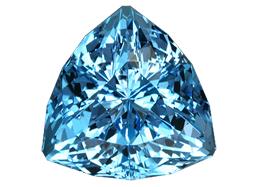
Blue Topaz
Radiant blue topaz is the traditional birthstone for the month of
December. Since natural blue topaz is rare, majority of the blue topaz we see on the market is treated blue from colorless topaz (reference "Radiation Method" under treated topaz above), you may want to check thoroughly if you are looking for all natural blue topaz. This gemstone has given jewelry designs a unique blue
fire for thousands of years. Its dynamic color and
range of vivid blue hues make it a well known gemstone. Like many other gemstones, bright color and
good transparency are the key measures in evaluating quality of blue topaz. Blue topaz is usually divided into three categories: sky blue for
the palest shade, Swiss blue for the more saturated medium shade, and
London blue for the deepest shade.
Pink Topaz
Pink topaz is very rare in nature. Natural pink topaz has been found at mines in Brazil, Pakistan, Russia and Sri Lanka. The rarity of the color makes it more valuable than common colored topaz stones. Traditionally, only the czar and royal family could own pink topaz, while in Brazil the stone was also associated with the imperial family. Pink topaz valued highest in imperial topaz.
Buy Pink Topaz Jewelry Online
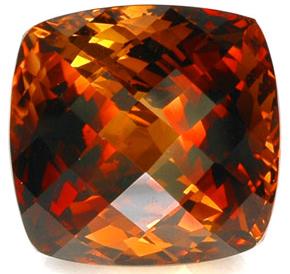
Red Topaz
Red
topaz is a type of semi-precious gemstone. Topaz mined in Ural mountain of Russia and Katlang of Pakistan appears rosy red for it contains chromium element. Red topaz is rare in nature, the red topaz jewelry seen these days are generally coated to impart color. Most true red topaz has orange undertones.
Topaz: Meaning & Healing Properties
Topaz is a beautiful stone with attractive colors, and in general is affordable, therefore very popular around the world. It is the symbol for friendship and love. Yellow is the most common color of topaz, so it is the representative among all yellow gemstones. In the glow of moonlight, yellow light emitted, and it means booming. In Chinese, "golden yellow" (金黄) also indicates arrival ("到", rhyme with 倒 - inverted) of "gold" (黄金), and it symbolizes wealth & class. Like rose quartz, pink topaz is believed to attract the arrival of sweet romance, it can also relieve unpleasant negative emotions and turn them into optimistic and positive attitude. In the Western view, topaz can be worn as a talisman to ward off evil, eliminate human sorrow, and enhance confidence. Drinking the topaz powder soaked wine can treat asthma, insomnia, burns, and bleeding.
Books About Stones, Healing Properties
Identify Topaz & Other Gem Stones
Crystal & Topaz: The distinctions between topaz and crystal materials are relatively easier to tell. You can see longitudinal stripes on topaz's cylindrical surface (vertically striated elongated prisms), while the crystal's is horizontal. For the unmounted stones, the specific weight (feel) can also be used as a basis for distinction. The specific weight for topaz is over 3.49, while crystal's is only about 2.65; when feeling with hand, topaz feels heavier and crystal is less. Topaz has soft luster, while crystal has more cold, sharp gloss, this can also be used to distinguish these two types of stones.
Tourmaline & Topaz: When visually differentiate topaz and tourmaline, the most important thing to look at is tourmaline has stronger dichroism, while topaz's dichroism is weak, except for the natural pink. In addition, tourmaline has strong birefringence, double shadow can often be seen.
Aquamarine & Topaz: The differences between these two stones are usually difficult to tell. There are some characteristics to reference: Aquamarine often carries some yellow-green hue and has slight dichroism, the specific weight is also light. A refractometer must be used for the exact identification.
Glass & Topaz: First, surface luster and polarization are different between glass and topaz; also topaz is a natural crystal stone, and it has good heat conduction therefore feels "cold" with hands; glass, on the other hand, feels "warm". Under amplification, sometimes we can see immiscible gas-fluid inclusions in topaz, while glass is often seen containing spherical bubbles, this can be used as an additional supporting evidence.





